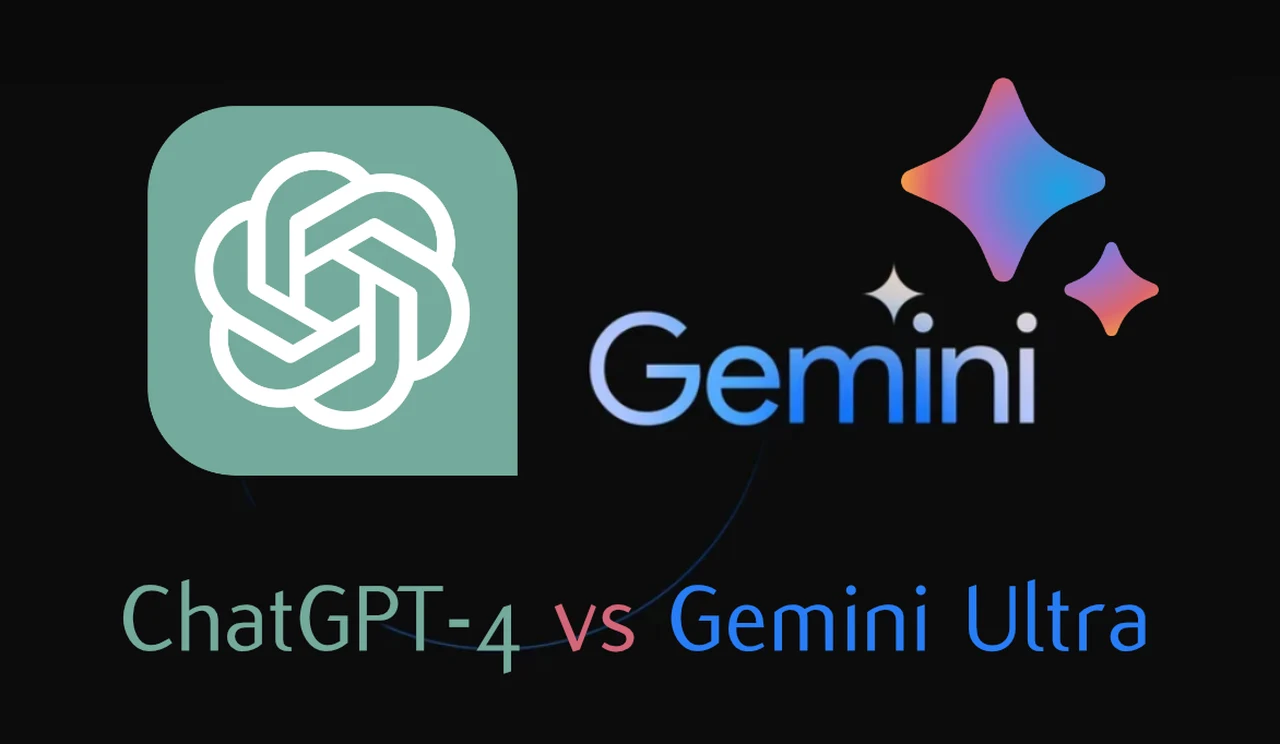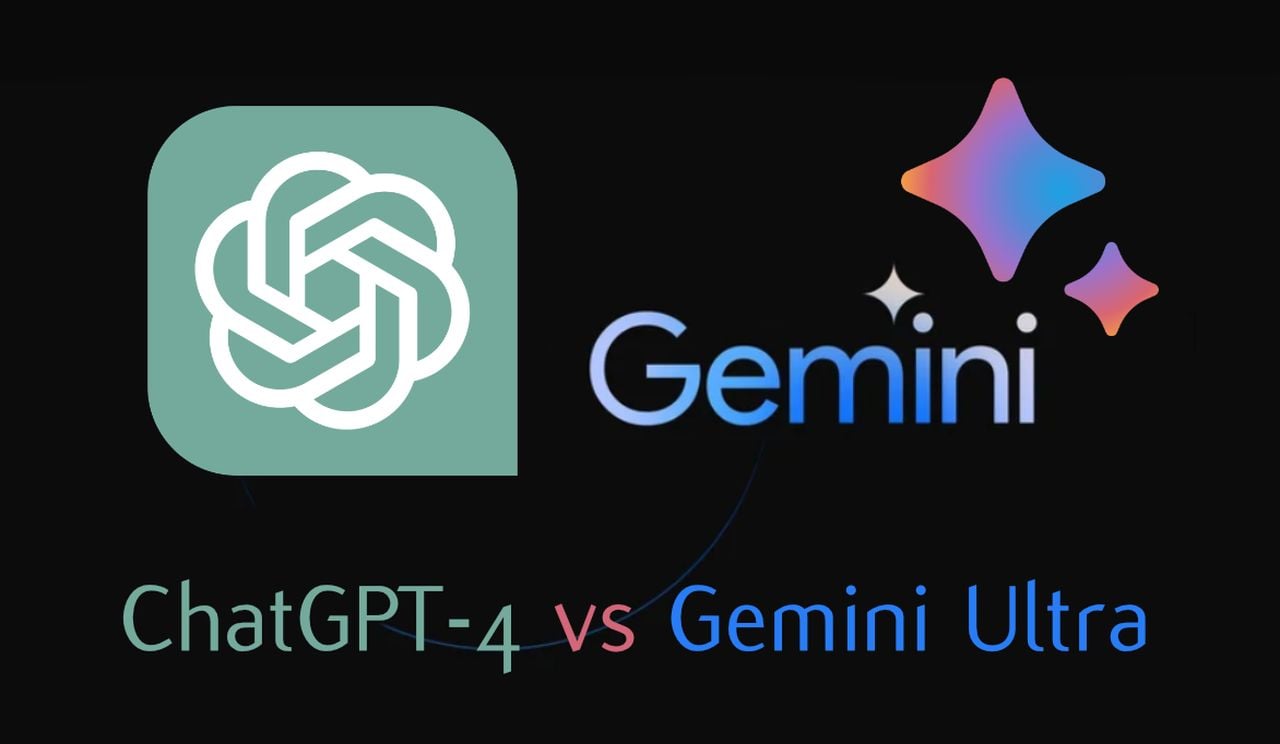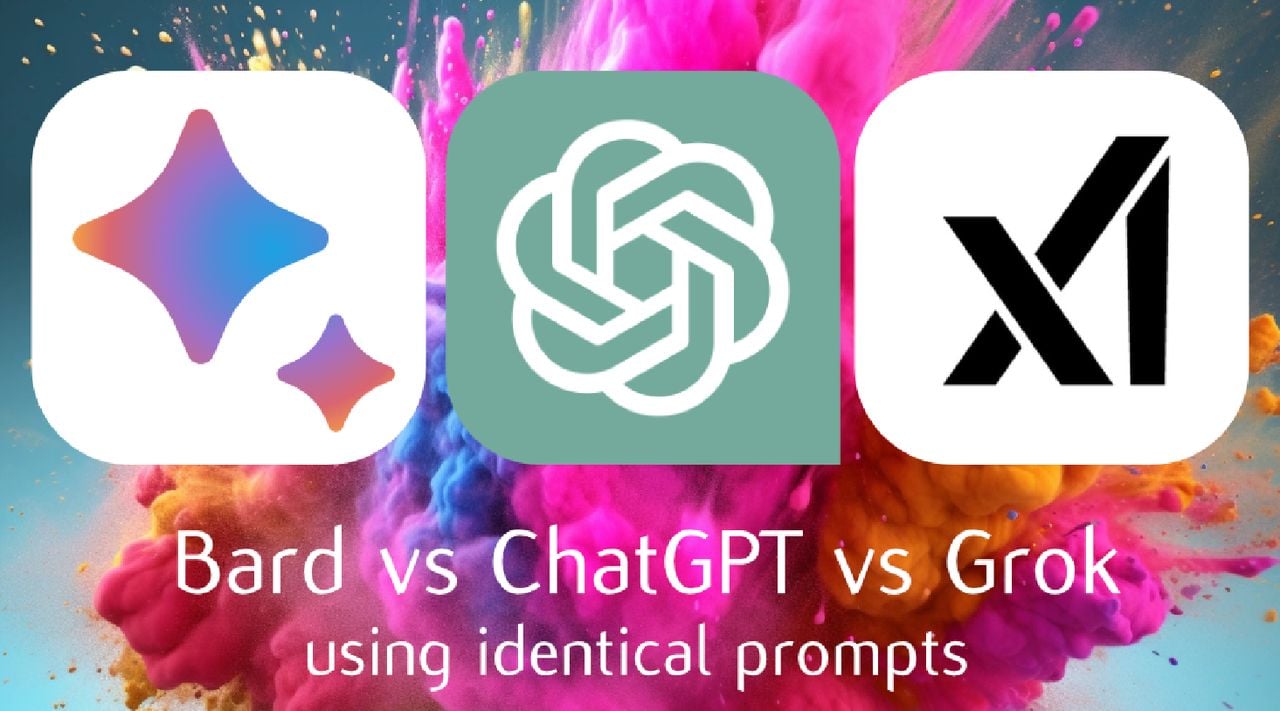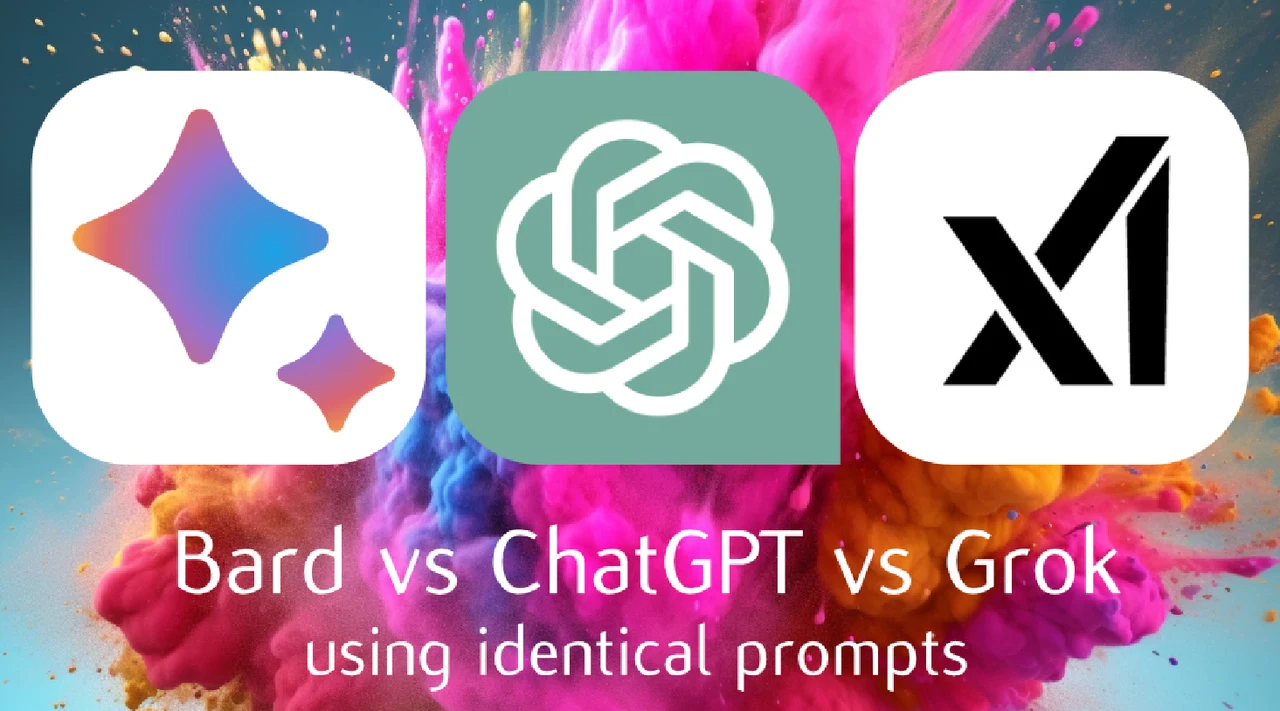
The development of Artificial intelligence (AI) is currently showing no signs of slowing and is rapidly advancing on a weekly basis. Two of the most impressive technologies leading the charge are ChatGPT-4 and Gemini Ultra. These systems are pushing the boundaries of what machines can do, each with its own set of strengths and weaknesses. It’s essential to understand how these technologies stack up against each other and what they offer to the future of digital innovation. This guide looks at the differences between ChatGPT-4 vs Gemini Ultra and what you can expect in the way of results.
GPT-4 is the successor to the widely recognized GPT-3 and has made significant strides in speed and accuracy. It’s particularly adept at understanding complex contexts, which makes it a powerful tool for generating text that closely resembles human speech. This capability positions GPT-4 as a leader in natural language processing, a critical aspect of AI that allows machines to understand and generate human language.
On the other hand, Gemini Ultra stands out for its ability to manage complex tasks efficiently. It shines in rapid data analysis and is known for its multilingual support, offering precise translations across a variety of languages. This makes Gemini Ultra particularly valuable in global market analysis and customer support that spans different countries and languages.
ChatGPT-4 vs Gemini Ultra
The learning algorithms that power these AI systems are what enable them to grow and improve over time. GPT-4’s learning mechanisms are built upon a vast amount of data, which allows it to enhance its interactions with users. In contrast, Gemini Ultra’s learning model is designed for quick adaptation, making it well-suited for environments that are constantly changing.
Here are some other articles you may find of interest on the subject of artificial intelligence :
Interface Design and Usability
When it comes to user interfaces, both GPT-4 and Gemini Ultra offer unique approaches. GPT-4 boasts an intuitive design that makes it easy to integrate into various platforms. Gemini Ultra, however, focuses on customization, allowing users to tailor the system to their specific needs and preferences.
The potential applications for GPT-4 and Gemini Ultra are vast and varied. GPT-4 excels in creating creative content, educational materials, and solving complex problems. Meanwhile, Gemini Ultra’s strengths in real-time data analysis and multilingual support make it ideal for providing insights into global markets and offering support to customers from different linguistic backgrounds.
Both GPT-4 and Gemini Ultra represent significant advancements in AI technology. GPT-4’s algorithms are particularly good at grasping context and subtlety, which is crucial for tasks that require a deep understanding of language and nuance. Gemini Ultra’s architecture, meanwhile, is optimized for quick scalability, making it versatile across different industries and applications.
Technical Capabilities
- Context Window: ChatGPT-4 initially supports a context window of 4,000 tokens, which was incorrectly stated but corrected to 32,000 tokens, while Gemini Ultra boasts a 32,000 token limit from the start. This significant context window enables both AIs to process and generate responses based on large amounts of input data, making them highly capable in handling detailed conversations or complex queries.
- Accuracy and Information Recall: Both models demonstrate high accuracy levels in their responses. However, specific instances where ChatGPT-4 might provide incorrect information about its capabilities (e.g., context window size) highlight the importance of continuous updates and corrections in maintaining accuracy.
Usability and Accessibility
- Subscription Plans and Limitations: ChatGPT-4 offers various subscription plans, including a limitation of 40 messages every 3 hours for individual users at $20/month. In contrast, Gemini Ultra, at the time of comparison, does not have such limitations, offering a more unrestricted usage experience.
- Privacy Features: ChatGPT offers a teams plan with disabled conversation training by default, enhancing privacy. While Gemini Ultra’s privacy settings were not detailed, Google’s emphasis on privacy suggests forthcoming improvements.
Multimodal Abilities
- Image Processing and Generation: ChatGPT-4, with integrated DALL-E, can interpret and generate images, showing advanced vision capabilities. Gemini Ultra’s current limitations in processing images or generating accurate HTML/CSS from images highlight areas for potential growth, especially in multimodal interactions.
Coding Support
- Code Generation and Debugging: ChatGPT-4 demonstrates superior ability in generating functional code and providing step-by-step programming guidance. Gemini Ultra, while offering basic coding assistance, falls short in generating executable code from images or providing as detailed coding tutorials as ChatGPT-4.
Reasoning and Logic
- Complex Problem Solving: Both ChatGPT-4 and Gemini Ultra show competencies in solving complex problems, including mathematical puzzles and logic riddles. However, inconsistencies in their reasoning abilities suggest that both have room for improvement in handling tasks requiring deep logical analysis or mathematical precision.
Extensions and Integrations
- Workspace Integration: Gemini Ultra’s potential integration with Google Workspace and YouTube could significantly enhance its utility by directly accessing a vast array of data and content. ChatGPT-4, with its GPT store and custom models, offers a different approach by allowing for specialized AI tools tailored to specific tasks or industries.
Content Creation
- Social Media and Marketing Content: Both AIs have capabilities in generating content suitable for social media, marketing, and other creative endeavors. ChatGPT-4’s strength lies in its versatility and the quality of output, whereas Gemini Ultra’s direct access to YouTube and possibly more streamlined processes for content repurposing offer unique advantages.
Despite their impressive capabilities, both GPT-4 and Gemini Ultra have their limitations. GPT-4 can sometimes generate verbose or irrelevant content and requires substantial computational resources to function effectively. Gemini Ultra, while efficient in its operations, may struggle with tasks that require a high level of worldly insight or creativity, areas where GPT-4 typically excels.
- ChatGPT-4 stands out for its detailed programming support, robust multimodal functions, and strong performance in content creation and complex problem-solving. Its subscription-based model, privacy options, and extensive token context make it a versatile tool for individuals and teams.
- Gemini Ultra, leveraging Google’s extensive data and integration capabilities, shows promise in areas like usability, privacy, and potentially superior integration features. Its performance in multimodal tasks and content creation, although behind ChatGPT-4, suggests significant potential once fully developed.
As we consider the future of AI, it’s clear that both GPT-4 and Gemini Ultra have a lot to offer. The choice between them will largely depend on the specific needs of your project. Whether you require a system that excels in language processing and creative tasks or one that can quickly analyze data and support multiple languages, these AI technologies are at the forefront of innovation.
Filed Under: Guides, Top News
Latest timeswonderful Deals
Disclosure: Some of our articles include affiliate links. If you buy something through one of these links, timeswonderful may earn an affiliate commission. Learn about our Disclosure Policy.



